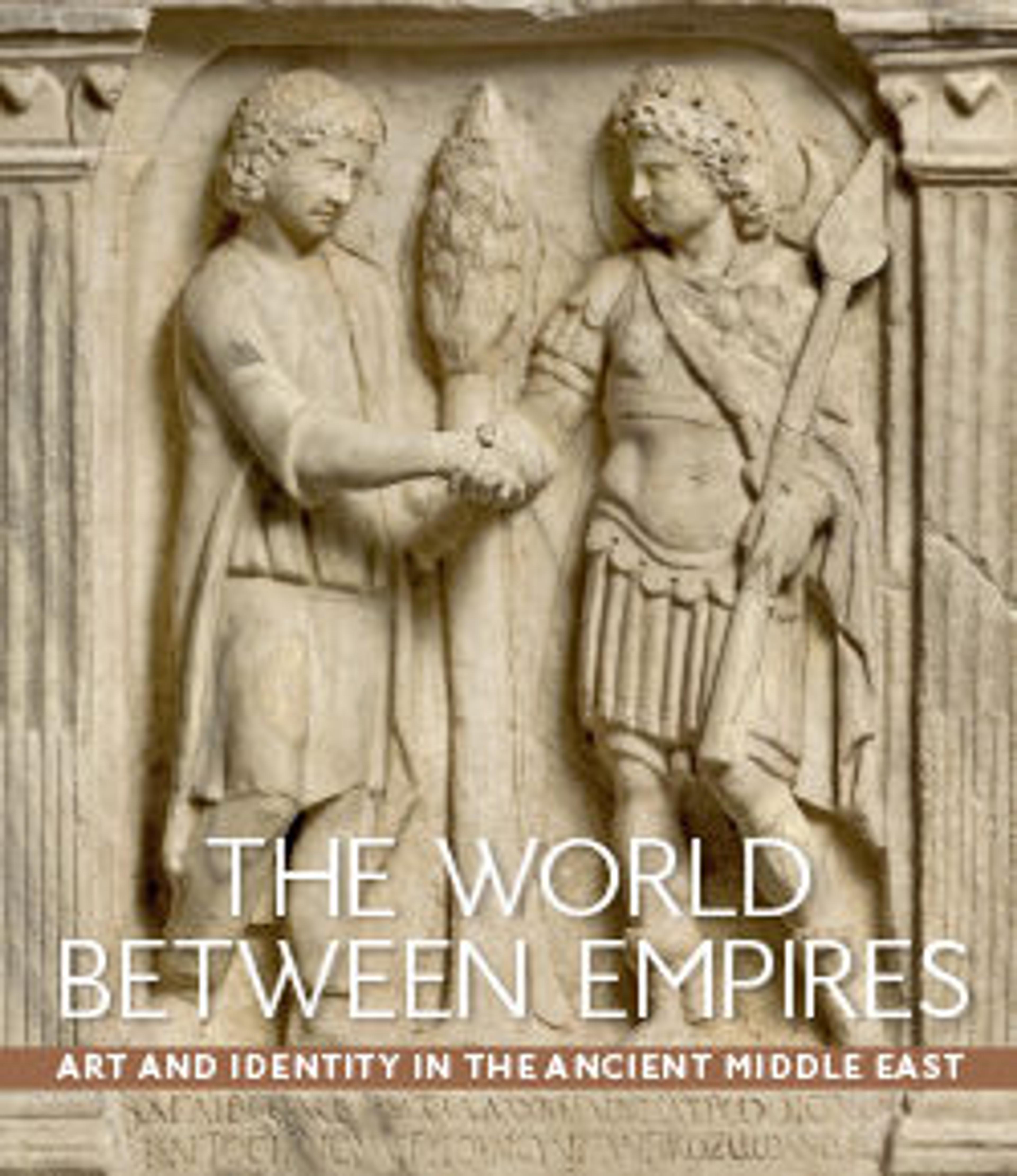Cuneiform tablet: a-she-er gi-ta, balag to Innin/Ishtar
This cuneiform tablet records part of a balag, a song of lament that accompanied a stringed instrument. The text is typical of the Seleucid period, where the words are written in Sumerian but with a large number of lines accompanied by an Akkadian translation. Sumerian was the language spoken in southern Mesopotamia until around 2000 B.C., while Akkadian had probably ceased to be a spoken language by the time this tablet was written, having been replaced by Aramaic and Greek throughout much of the Near East. However, both Sumerian and Akkadian continued to be written in cuneiform until the early centuries A.D. by learned scribes.
This tablet contains a lament by Inanna, the Sumerian goddess of fertility, over the destruction of her cities and shrines, and contrasts her present humiliation with her previous power. There are parallels with well-known myths dating from the late third and second millennia B.C.—such as the Sumerian version of the myth of Inanna's descent to the netherworld—demonstrating the very longlived literary tradition maintained by the temple scribes of Mesopotamia.
This tablet contains a lament by Inanna, the Sumerian goddess of fertility, over the destruction of her cities and shrines, and contrasts her present humiliation with her previous power. There are parallels with well-known myths dating from the late third and second millennia B.C.—such as the Sumerian version of the myth of Inanna's descent to the netherworld—demonstrating the very longlived literary tradition maintained by the temple scribes of Mesopotamia.
Artwork Details
- Title: Cuneiform tablet: a-she-er gi-ta, balag to Innin/Ishtar
- Period: Seleucid or Parthian
- Date: ca. 2nd–1st century BCE
- Geography: Mesopotamia, probably from Babylon (modern Hillah)
- Culture: Seleucid or Parthian
- Medium: Clay
- Dimensions: 3 7/8 x 3 1/4 x 1 in. (10 x 8.3 x 2.4 cm)
- Credit Line: Purchase, 1886
- Object Number: 86.11.286a
- Curatorial Department: Ancient West Asian Art
More Artwork
Research Resources
The Met provides unparalleled resources for research and welcomes an international community of students and scholars. The Met's Open Access API is where creators and researchers can connect to the The Met collection. Open Access data and public domain images are available for unrestricted commercial and noncommercial use without permission or fee.
To request images under copyright and other restrictions, please use this Image Request form.
Feedback
We continue to research and examine historical and cultural context for objects in The Met collection. If you have comments or questions about this object record, please contact us using the form below. The Museum looks forward to receiving your comments.
